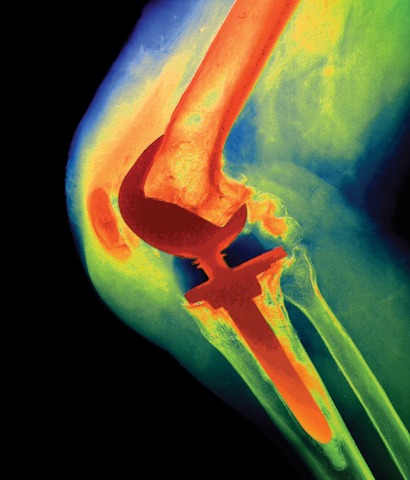Although the incidence of periprosthetic joint infection is low — around 1% to 2% — the consequences for patients can be devastating and lead to reduced function, increased morbidity and multiple surgeries. While the medical community has adopted protocols to prevent and treat these infections, in many cases there is little scientific evidence to support those practices and the procedures used vary significantly throughout the world.
In August 2013, 400 delegates from nearly 60 countries met to evaluate the existing evidence for the treatment of periprosthetic joint infection (PJI) from more than 3,500 relevant publications. The resultant document — International Consensus on Periprosthetic Joint Infection — provides orthopaedic surgeons worldwide with guidance on PJI prevention, diagnosis and treatment. […]

Orthopaedists agree there are several risk factors for PJI, including active infection of the arthritic joint, septicemia, active local cutaneous or subcutaneous or deep tissue infection.


